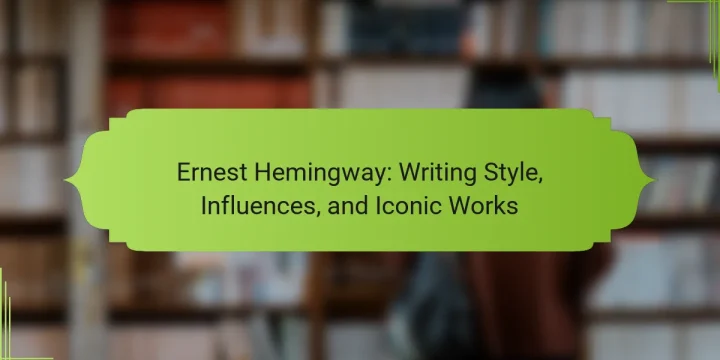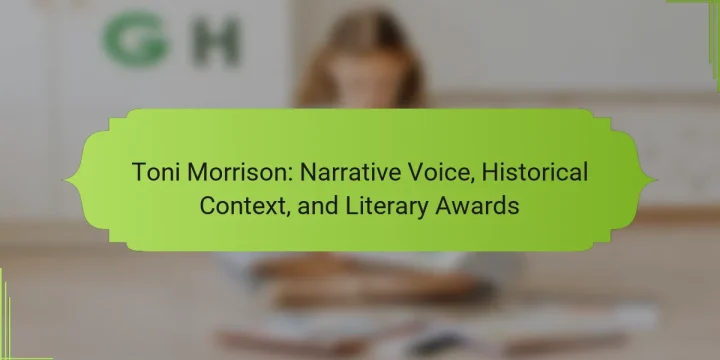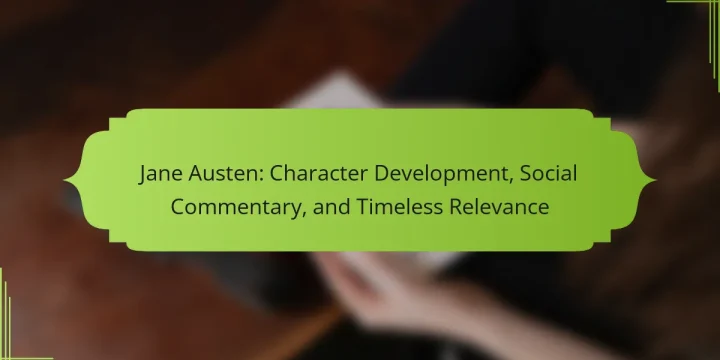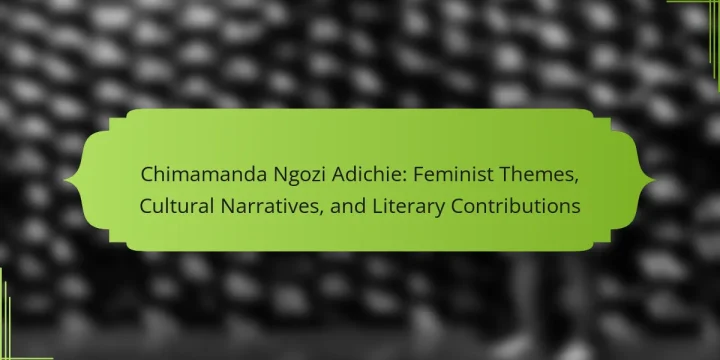
Haruki Murakami's literature captivates readers with its unique blend of surrealism and profound themes of loneliness. This article explores his distinctive narrative style, the influence of his background, the role of music in his storytelling, and the universal appeal of his works. Additionally, it examines how Murakami's exploration of isolation resonates across cultures, inviting readers to reflect on their own experiences. What are the defining characteristics of Haruki Murakami's literary style? Haruki Murakami's literary style is defined by surrealism, themes of loneliness, and global appeal. His narratives often blend the mundane with the fantastical, creating dreamlike worlds. Characters frequently experience isolation, reflecting deep emotional struggles. Murakami's unique voice resonates globally, appealing to diverse audiences through universal themes. His works often incorporate elements of Japanese culture while addressing broader human experiences,…








